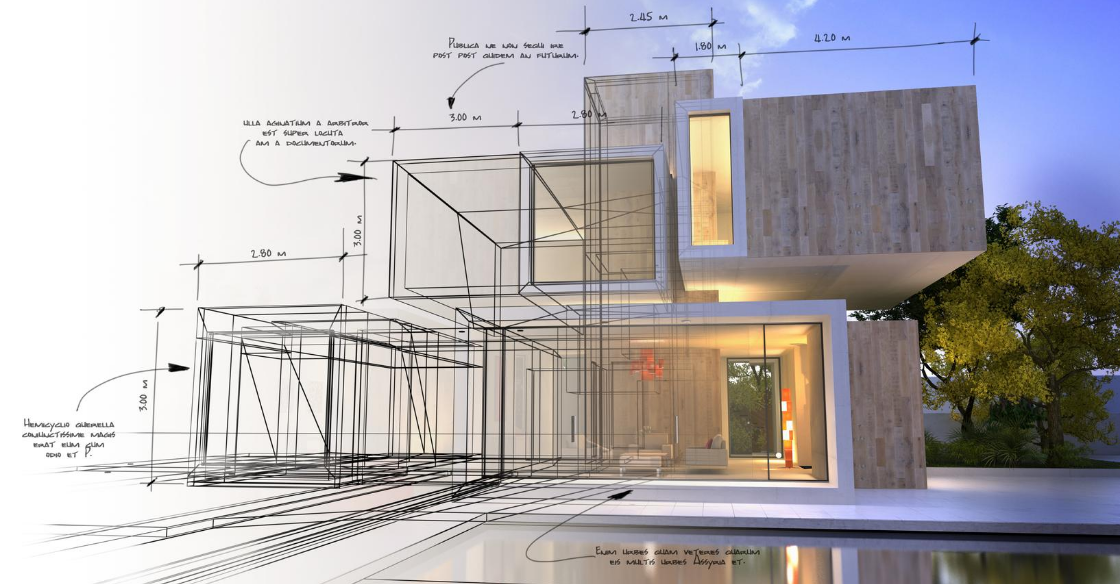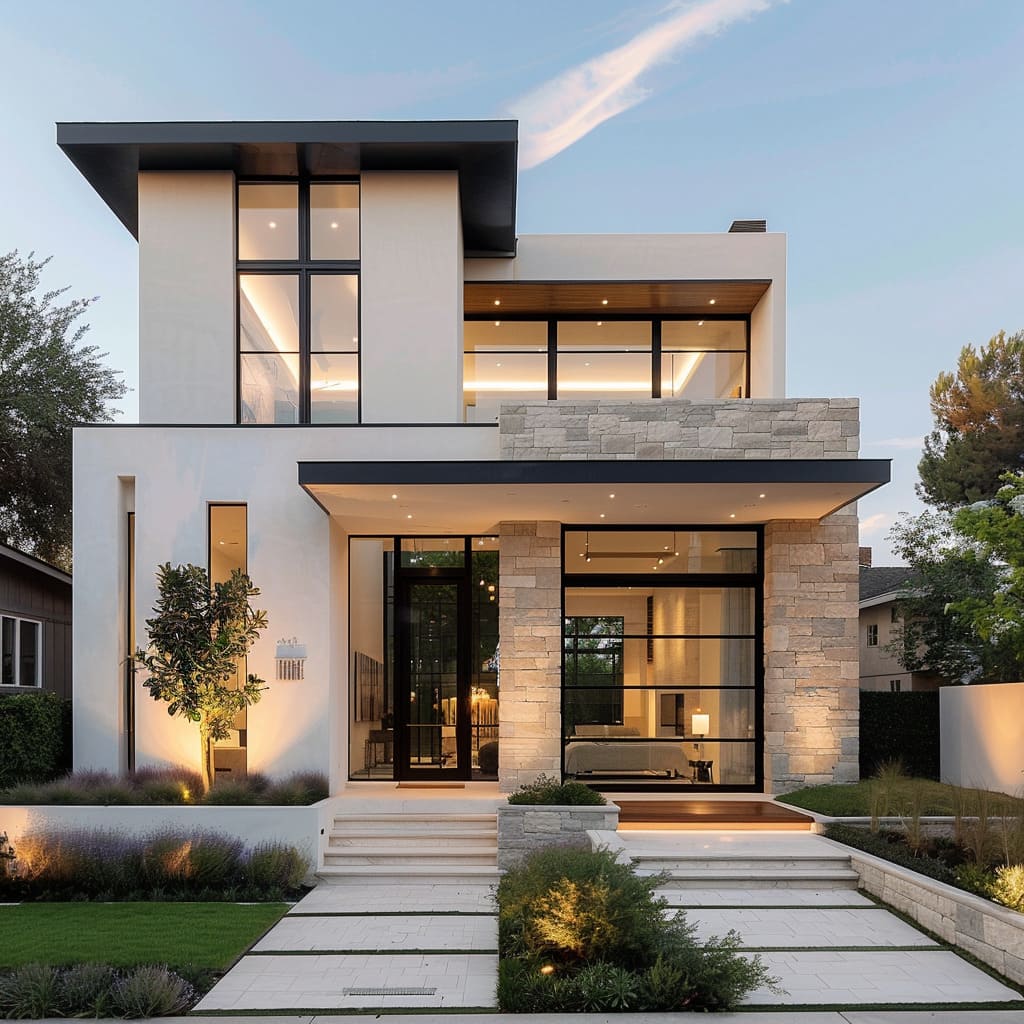A Thorough Overview of Architectural Styles and Their Impact on Modern City Planning and Development
Architectural designs have actually long served as a mirror to the social worths and technological innovations of their time, playing a vital role in shaping modern-day city planning and development. From the majesty of Neoclassicism to the utilitarian technique of Brutalism, each style has actually introduced one-of-a-kind principles that affect city visual appeals and performance.
Historical Review of Architectural Styles

As societies transitioned via the Middle Ages, Gothic style arised, defined by its verticality and elaborate detailing, matching the spiritual ambitions of the age. The Renaissance marked a rebirth of timeless suitables, merging art and style in ingenious methods that influenced subsequent designs across Europe.

Today, architectural styles remain to advance, driven by globalization and sustainability worries, reflecting a dynamic interaction between heritage and advancement. This historical summary highlights the significance of design as a mirror of social advancement and as a catalyst for city advancement.
Secret Architectural Styles Explained
The variety of architectural styles shows the myriad impacts that shape our developed setting, each personifying distinct qualities and cultural significances. Secret building designs include Classic, Gothic, Baroque, Innovation, and Postmodernism, each standing for unique historical contexts and aesthetic approaches.
Timeless style, rooted in old Greece and Rome, emphasizes symmetry, proportion, and the use of columns (cda architects). In contrast, Gothic design, growing between Ages, is identified by sharp arcs, ribbed safes, and flying buttresses, creating an ethereal high quality in cathedrals. Baroque architecture, emerging in the 17th century, is marked by grandeur, sophisticated embellishment, and a vibrant interaction of light and shadow
Modernism, which acquired momentum in the very early 20th century, focuses on feature over kind, using new materials like steel and glass to create minimalist structures. Postmodernism, reacting versus the austerity of Innovation, accepts eclecticism and historical reference, typically incorporating playful components and irony.

Effect On Urban Preparation
In shaping the growth of cities, architectural designs considerably affect metropolitan preparation decisions. The selection of architectural design frequently determines the appearances, functionality, and total character of metropolitan environments. Modernism, with its focus on minimalism and functionality, motivates open rooms and the integration of innovation, forming discover here city formats that prioritize efficiency and accessibility. Conversely, conventional designs might emphasize historical conservation, resulting in urban layouts that maintain cultural heritage and promote pedestrian-friendly atmospheres.
Furthermore, architectural styles can impact zoning policies and land utilize policies. Urban planners should consider the prevailing architectural trends when developing districts, guaranteeing that new advancements balance with existing frameworks. This factor to consider cultivates natural metropolitan landscapes and improves neighborhood identity.
The implementation of details architectural styles can also influence socioeconomic click over here now factors within a city. Premium contemporary layouts might attract wealthy locals and businesses, leading to gentrification, while much more inexpensive real estate options might focus on functional and lasting styles to accommodate varied populations. cda architects. Inevitably, the interaction between building styles and urban preparation produces vibrant cities that show both historical context and modern needs, forming the lived experiences of their residents
Sustainability and Modern Architecture
Building styles play an essential role in addressing contemporary obstacles, specifically in the realm of sustainability. As city areas broaden and environmental worries magnify, modern-day design progressively welcomes sustainable layout concepts that prioritize power efficiency, resource conservation, and marginal ecological effect.
Contemporary building movements, such as biophilic style and environment-friendly architecture, advocate for frameworks that balance with their environments, making use of natural materials and advertising biodiversity. These designs frequently include renewable energy resources, such as photovoltaic panels and wind turbines, Read More Here to decrease dependence on fossil gas and reduced carbon impacts.
In addition, the combination of innovative modern technologies, such as smart building systems, improves power administration, maximizing resource use while ensuring occupant comfort. Ingenious water administration techniques, consisting of rainwater harvesting and greywater recycling, further contribute to sustainable city environments.
Notably, sustainability extends beyond environmental concerns; it encompasses social and economic dimensions. By fostering community well-being and promoting inclusivity, contemporary building styles line up with lasting growth goals. The development of architectural practices proceeds to form durable cities that not only meet the demands of the existing yet additionally secure the future for generations to come.
Neighborhood Engagement in Design
Area interaction in design acts as a critical bridge in between designers and the populations they offer, making certain that the developed environment mirrors the requirements and aspirations of its users. This joint process welcomes community members to add their understandings and preferences, promoting a sense of ownership and obligation toward the rooms they occupy.
Reliable area interaction employs different methods, such as workshops, studies, and public forums, to collect diverse viewpoints. These techniques help with a two-way discussion, allowing engineers to understand regional contexts while encouraging locals to articulate their worries and desires. This inclusivity not just enhances the style top quality but additionally advertises social equity by attending to the distinct challenges dealt with by marginalized teams.
Furthermore, neighborhood involvement can result in ingenious remedies that could not arise in a standard style procedure. By integrating regional expertise and cultural worths, engineers can create spaces that resonate even more deeply with customers, enhancing usability and sustainability. Inevitably, focusing on neighborhood involvement in design processes leads to settings that support social interactions, support wellness, and reinforce area connections, thereby playing a critical function fit modern-day urban landscapes.
Conclusion
Architectural styles have exceptionally influenced contemporary city planning and growth, reflecting developing cultural and technological contexts. The integration of historical looks with modern demands promotes metropolitan environments that prioritize sustainability and neighborhood interaction. As cities continue to grow and adapt, the recurring discussion in between architectural heritage and contemporary design principles will certainly continue to be essential in producing comprehensive, lively areas that enhance lifestyle and advertise social equity. The future of city advancement hinges on this harmonious balance.